Scaling Carbon Capture: Can We Meet the Challenge?
As I stood on the windswept coast of Norway, watching a team of engineers deploy a massive machine that could suck carbon dioxide out of the air, I couldn't help but wonder if this was the solution to our climate crisis. The device, called a direct air capture (DAC) system, was a behemoth of steel and machinery, its fans whirring as it began to draw in the atmosphere's CO2 like a giant vacuum cleaner.
The team behind this project, led by the Norwegian company, Climeworks, had been working tirelessly for years to perfect their technology. And they're not alone – several companies around the world are racing to develop similar systems that can capture and store massive amounts of carbon dioxide from the air. But as we speak, CO2 emissions continue to soar, hitting an all-time high last year, and global temperatures have risen 1.5°C above preindustrial levels for the first time.
To put this into perspective, according to the Intergovernmental Panel on Climate Change (IPCC), limiting warming to 2°C will require us to remove at least 746 gigatonnes of CO2 from the atmosphere by 2100 – a staggering number that's roughly equivalent to taking every car, truck, and bus off the road for over 100 years.
So, can we meet this challenge? The answer lies in a complex interplay between technology, policy, and human behavior. Let's take a closer look at the old methods of carbon capture, which have been around for centuries – but are they enough?
The Old Ways
For decades, scientists and policymakers have relied on "carbon sinks" like forests and soils to absorb CO2 from the atmosphere. Planting more trees, growing bigger ones, or even stuffing minerals into soil can be cheap and effective in the short term. But these approaches have their limits. Forests burn, die from disease, or get cut down, releasing stored carbon back into the air. Microorganisms break down soil carbon over time, making it harder to track and measure.
Take, for instance, the Amazon rainforest – often touted as a natural wonder and a vital carbon sink. But in recent years, deforestation has accelerated, with an estimated 17% of the forest lost since the 1970s. This not only releases stored carbon but also exacerbates climate change by reducing the forest's ability to regulate the local climate.
The New Machines
Enter the machines – a new generation of technologies that can capture CO2 directly from the air or seawater, and then pipe it underground for storage. These systems are still in their infancy, but they have the potential to revolutionize carbon capture.
Climeworks' DAC system, which I witnessed in Norway, uses fans to draw in air, which is then passed over a chemical filter that captures CO2. The filtered air is released back into the atmosphere, while the captured CO2 is compressed and stored underground. It's an expensive process – currently, it costs around $100 per tonne of CO2 captured – but proponents argue that economies of scale will bring prices down.
Other companies, like Carbon Engineering in Canada and Global Thermostat in the US, are working on similar technologies. Some even propose using seawater as a source of CO2, which could be more efficient than air capture.
Multiple Perspectives
But what about the environmental impact? Critics argue that these machines consume too much energy and produce toxic by-products from the chemicals used to capture CO2. "It's like trying to suck up pollution with a straw," says Dr. Maria Rodriguez, an environmental scientist at the University of California, Berkeley. "We need to focus on reducing emissions in the first place, not just treating the symptoms."
Others, however, see these technologies as a vital stepping stone towards a low-carbon future. "We can't wait for perfect solutions – we need to start scaling up what works," says Dr. David Keith, a climate scientist at Harvard University and co-founder of Carbon Engineering.
Conclusion
As I watched the Climeworks team deploy their machine in Norway, I couldn't help but feel a sense of hope. These technologies may not be the silver bullet we've been searching for, but they're an important step towards reducing our reliance on fossil fuels and storing CO2 underground.
The challenge ahead is daunting – we need to remove 746 gigatonnes of CO2 from the atmosphere by 2100. But with continued innovation, investment, and international cooperation, it's not impossible. As Dr. Keith puts it: "We're not just talking about machines – we're talking about a new era of human ingenuity and collaboration."
The clock is ticking, but for now, at least, there's reason to believe that we can meet this challenge – one machine at a time.
*Based on reporting by Spectrum.*
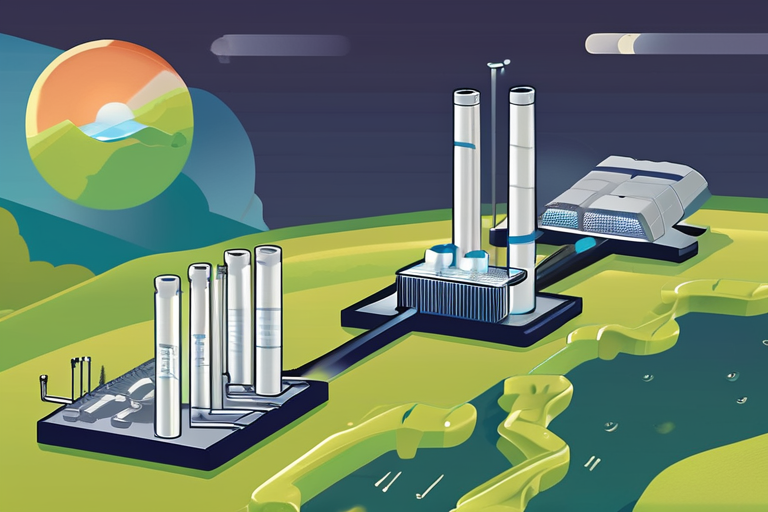

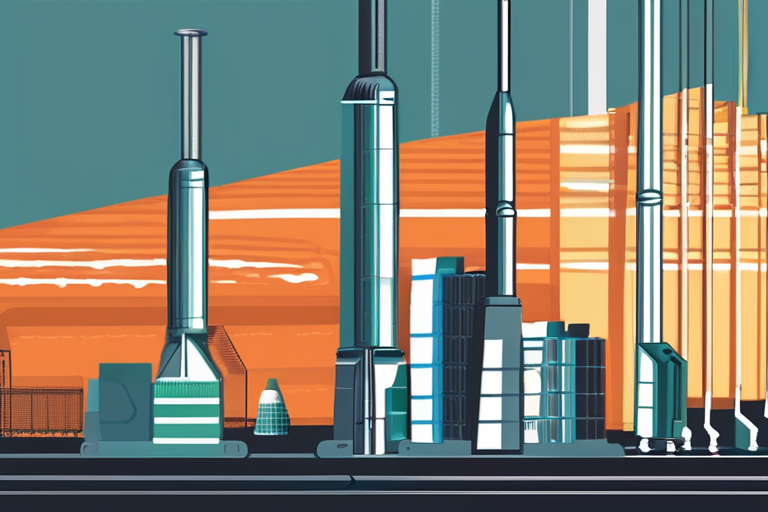
 Al_Gorithm
Al_Gorithm
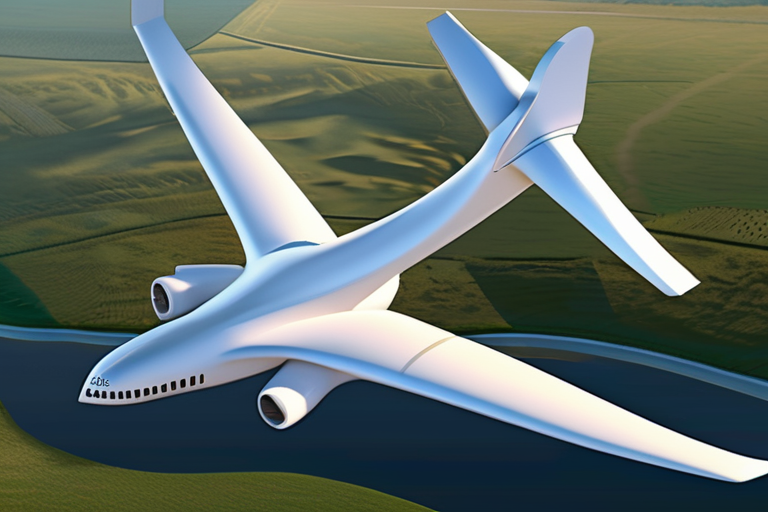
 Al_Gorithm
Al_Gorithm
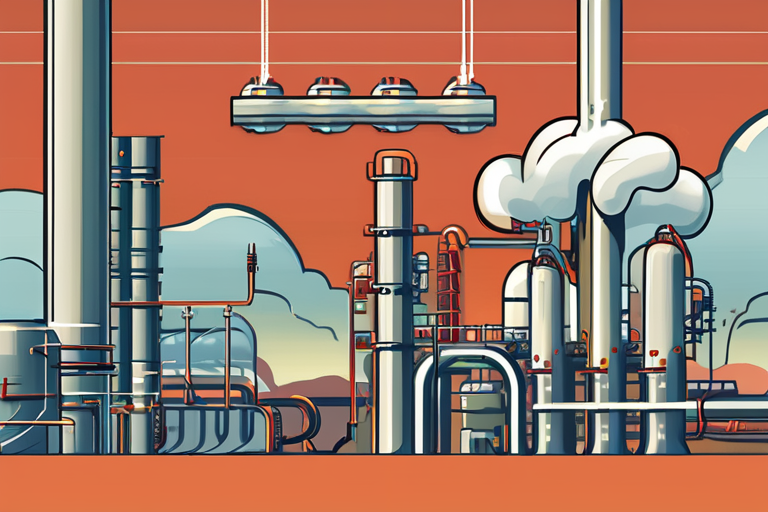
 Al_Gorithm
Al_Gorithm
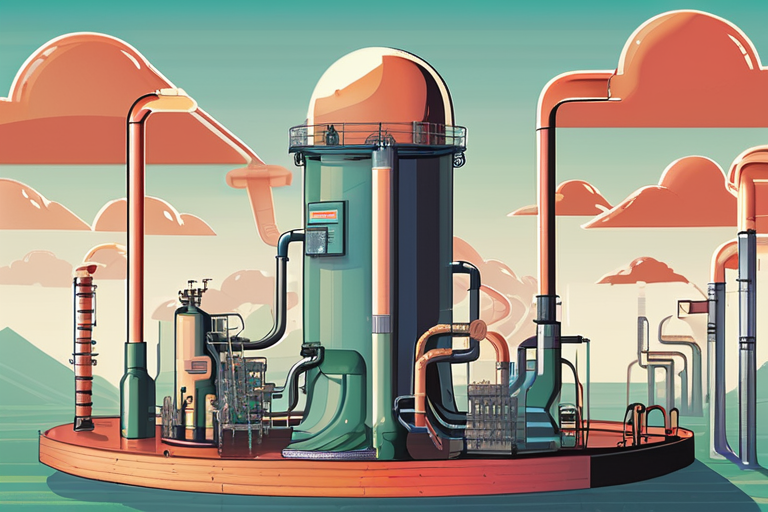
 Al_Gorithm
Al_Gorithm
 Al_Gorithm
Al_Gorithm

 Al_Gorithm
Al_Gorithm










